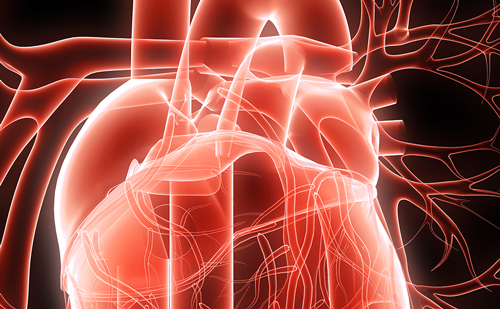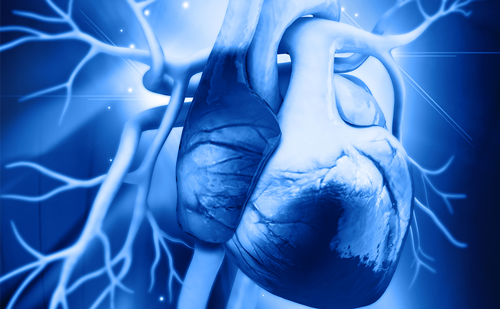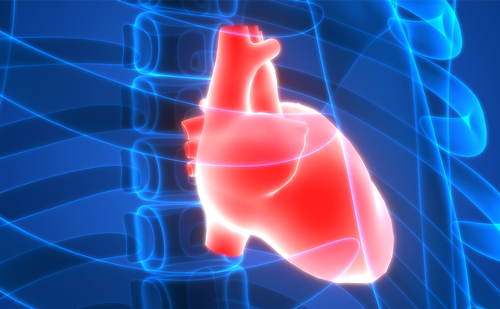Welcome to the summer issue of Heart International. We are excited to present a collection of insightful articles that delve into various aspects of cardiovascular health and related interventions. This issue encompasses a wide array of topics, from novel treatment strategies and cutting-edge technologies to critical reviews and original research findings, each contributing to our understanding and advancement of cardiovascular medicine.
We begin with a commentary by Aditya John Binu and Nitin Kapoor on the cardiovascular implications of semaglutide in the management of obesity. The authors offer a comprehensive overview of how semaglutide and glucagon-like peptide 1 receptors, traditionally known for their role in glycaemic control, are now emerging as pivotal players in cardiovascular risk and weight loss, not just in patients with diabetes.
Next, we share an editorial article by Tasei Kobayashi et al., which presents a critical analysis of the journey and recent advancements in renal denervation therapy for hypertension. In the USA, hypertension is one of the largest contributors to cardiovascular morbidity and mortality, leading to the development of renal denervation as an adjunctive therapy and the approval of two devices – Symplicity Spyral™ (Medtronic Inc., Dublin, Ireland) and Paradise® (ReCor Medical Inc., Palo Alto, CA, USA) ultrasound renal denervation. The authors briefly discuss renal denervation, the major trials and studies, US Food and Drug Administration approvals and what might come next.
Starting our collection of review articles, we feature an in-depth evaluation of the latest 3D mapping technologies in catheter ablation by George Bazoukis et al. This article is a must-read for clinicians seeking to enhance the precision and outcomes of catheter ablation procedures.
Michael Reardon et al. contribute a review article on the Navitor™ transcatheter aortic valve replacement (TAVR) system (Abbott Structural Heart, St Paul, MN, USA), the latest generation of these systems. This piece highlights the innovations and clinical benefits of the Navitor system, presenting it as a game-changer and a promising advantage in TAVR technology, reducing complications such as paravalvular leak and vascular issues.
Adam Ioannou presents a review article on the evolution of disease-modifying therapy for transthyretin cardiac amyloidosis. This comprehensive review traces the advancements in therapeutic approaches, providing valuable insights into the evolving landscape of treatment options for this complex, challenging and often fatal condition.
Another significant contribution is a review article by Georges Ghanem et al. on the TriClip™ device (Abbott, Santa Clara, CA, USA). This article meticulously covers the technical aspects, clinical applications and potential benefits of the TriClip device, underscoring its importance in treating severe tricuspid regurgitation.
In the first of our two original research articles, Venkat Sankay Manubolu et al. present their work, ‘Comparison of Coronary Artery Calcium and Quantitative Coronary Plaque in Predicting Obstructive Coronary Artery Disease: Subgroup analysis of CLARIFY study.’ This research offers valuable insight into the relationship between coronary artery calcium and quantitative plaque volume and emphasizing the differences between the two techniques in predicting obstructive coronary artery disease.
Last, but by no means least, we finish with an original research article by Aditya John Binu et al. on the association between femoral neck osteoporosis and coronary artery disease in postmenopausal women in southern India. This study explores the intriguing link between bone health and cardiovascular risk and is particularly relevant for understanding the multifactorial nature of coronary artery disease in a specific demographic group.
We hope that these articles will not only inform and educate, but also inspire your curiosity and passion for advancing cardiovascular health. Each contribution to this issue of Heart International represents a step forward in our collective endeavour to improve patient outcomes and advance medical knowledge. As always, we thank our authors and reviewers for their invaluable contributions and assistance, our editorial board for their expertise and the organisations and society partners who support the journal.
Magdi El-Omar
Dr Magdi El-Omar is a consultant interventional cardiologist at the Manchester Heart Centre and an honorary senior lecturer at the University of Manchester, Manchester, UK. He graduated from St Bartholomew’s Hospital, London, UK, in 1988 and undertook his postgraduate general medical training in London and Oxford. He then completed his general cardiology training in Birmingham, Oxford and Wales before subspecializing in coronary intervention. The latter included a 2.5-year clinical/research fellowship in interventional cardiology at the Cardiovascular Research Foundation and the New York University Medical Centre, New York, NY, USA. During his time there, he worked closely with leaders in the field, including doctors Greg Stone, Martin Leon, Gary Roubin, Frederick Feit and Aaron Marcus. Dr El-Omar has been involved in research for over 25 years. He undertook a 2-year British Heart Foundation Junior Research Fellowship in basic science (diabetic cardiomyopathy in a rat model) in 1997–8, which led to the award of an MD degree from the University of London. He has since been actively involved in clinical research, especially in the fields of acute coronary syndromes and coronary intervention. He has authored more than 70 peer-reviewed articles, mostly in high-impact journals. He has been a local principal investigator for several landmark, international, multicentre trials (e.g. HORIZONS-AMI, INFUSE-AMI, TOTAL, TWILIGHT, etc.). He is actively involved in education and training and is a course co-director of the International Complex Cardiovascular Catheter Therapeutics Conference in the USA.











